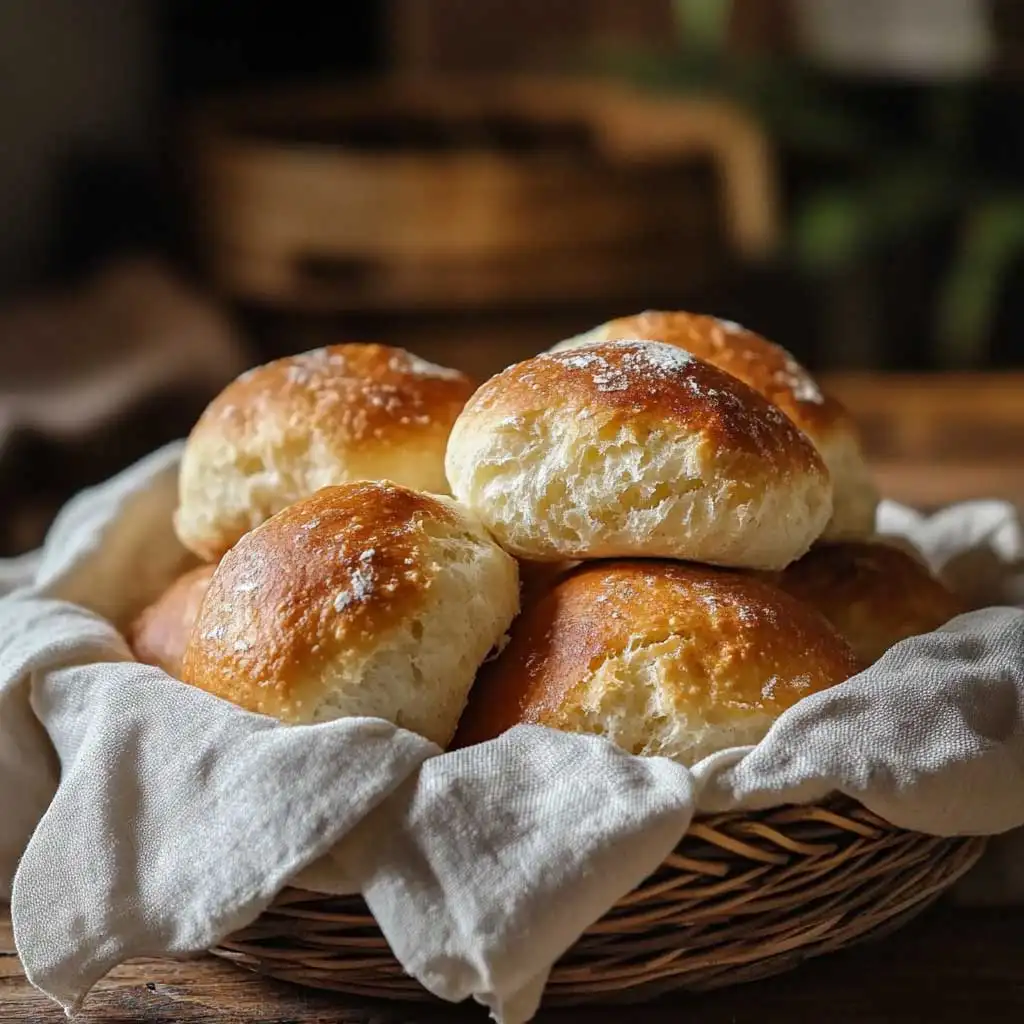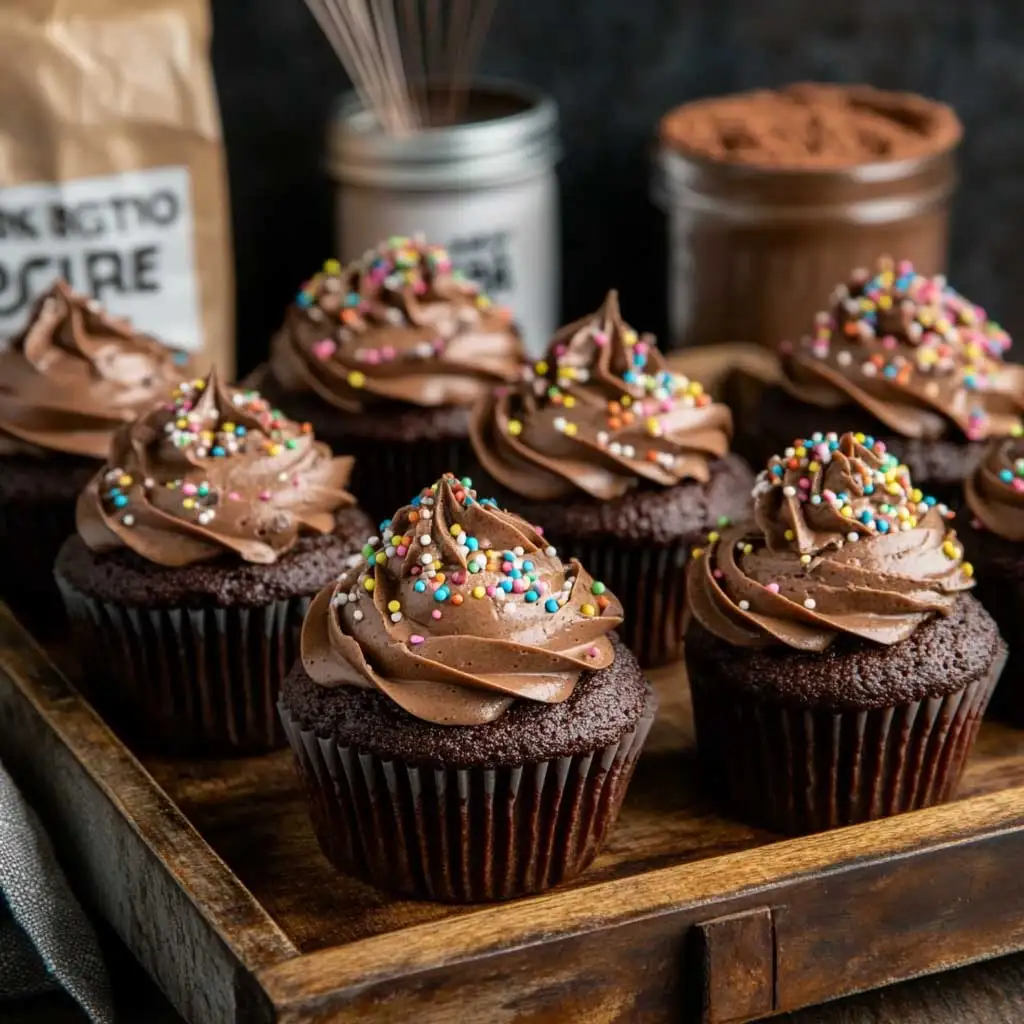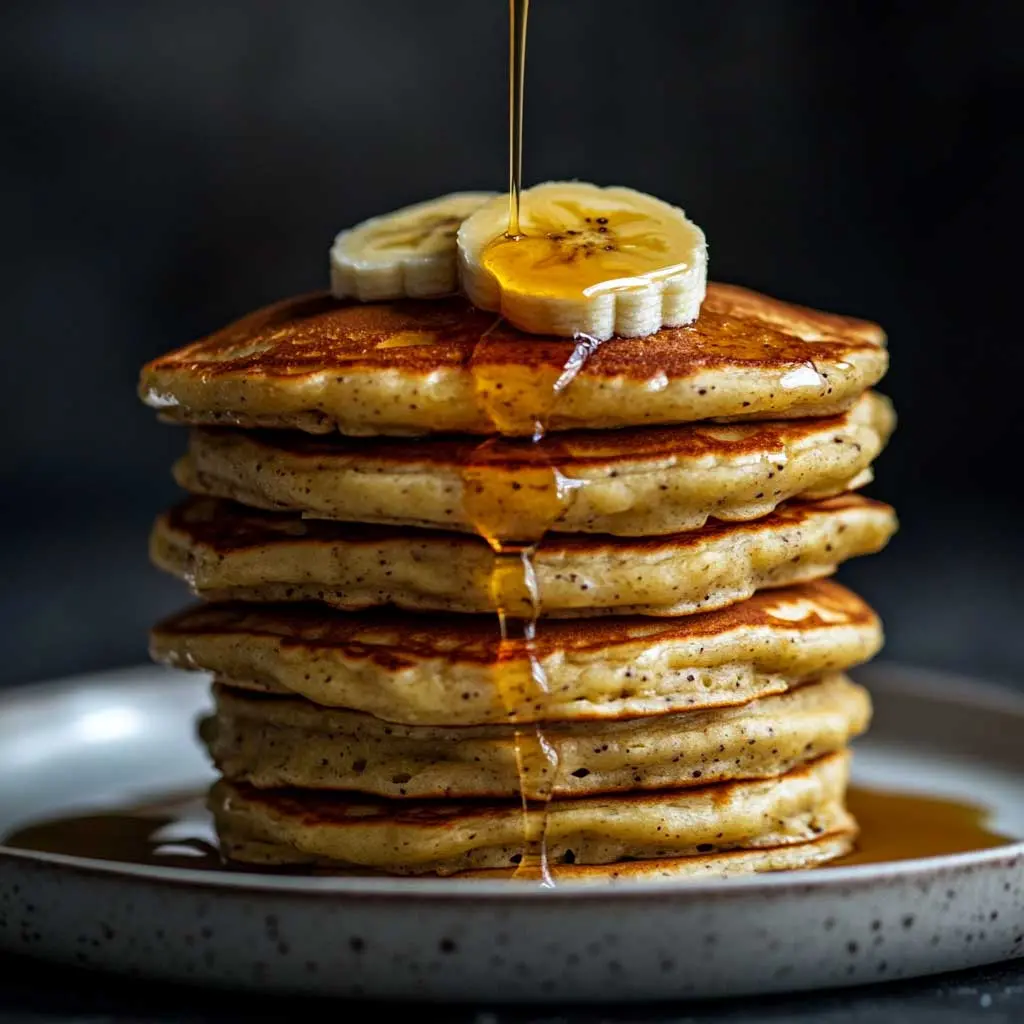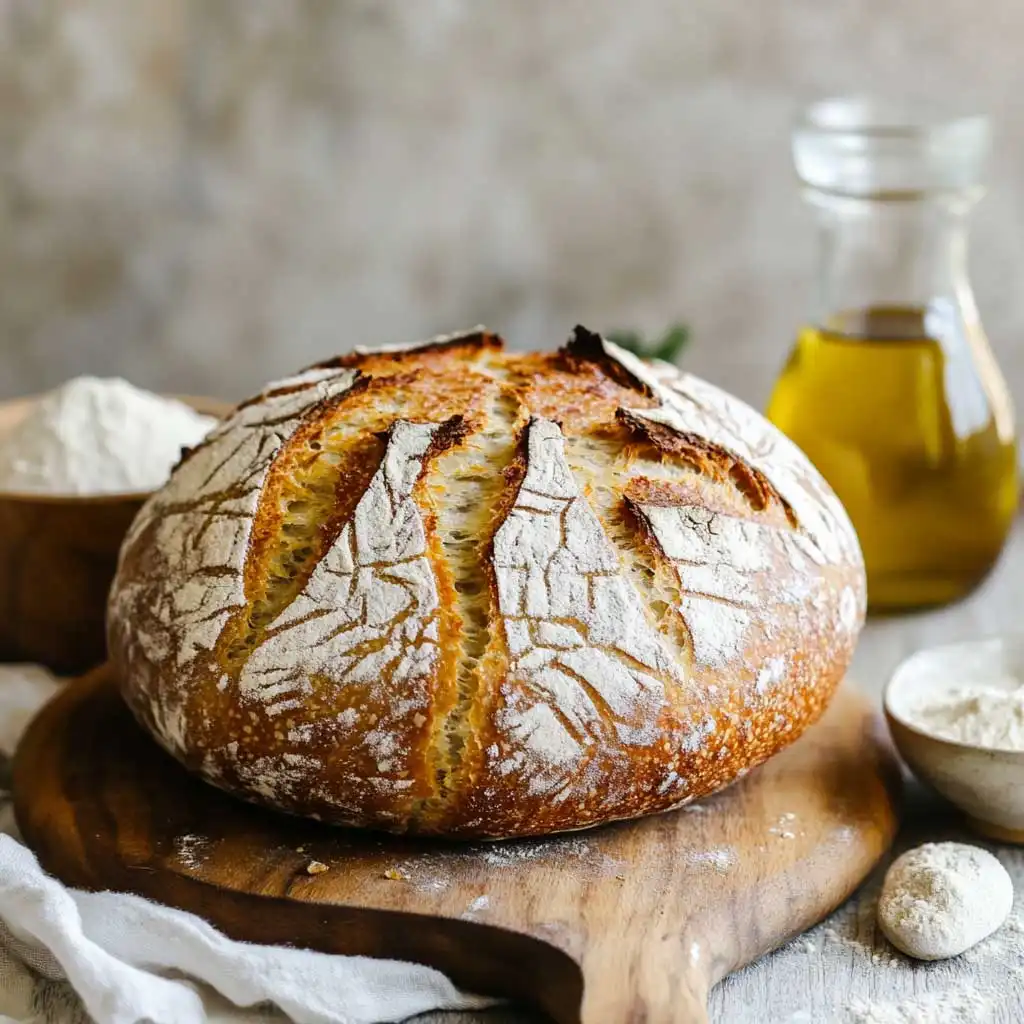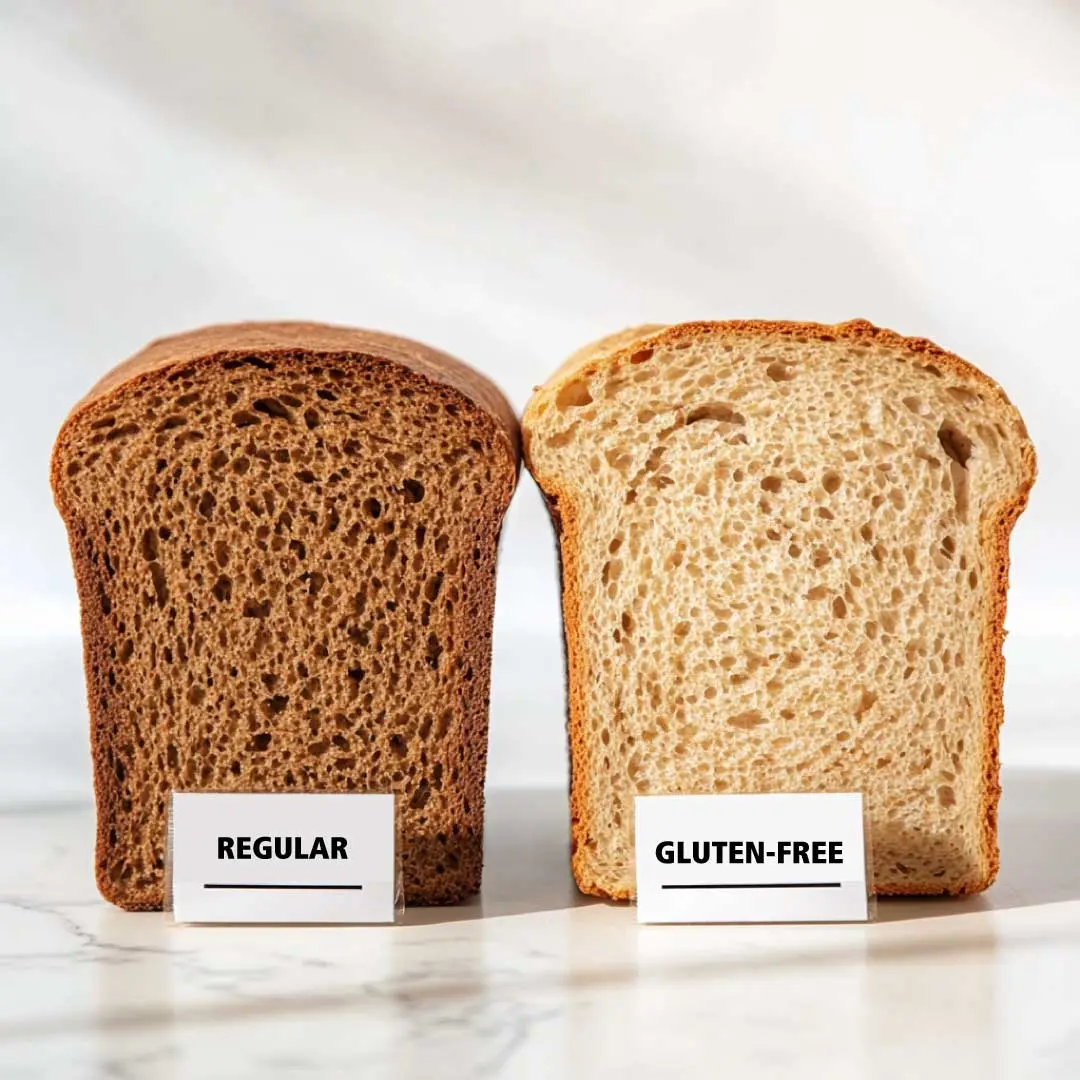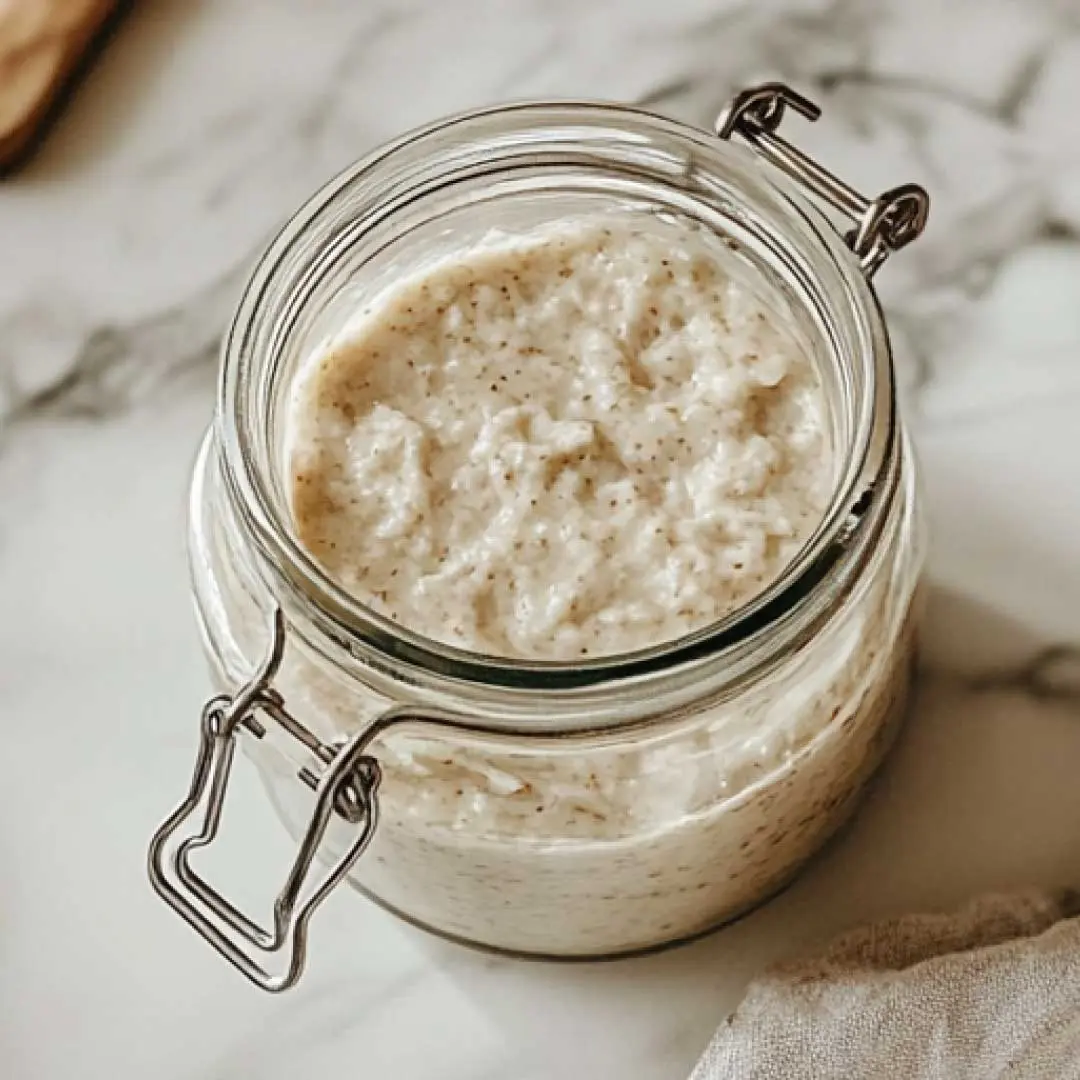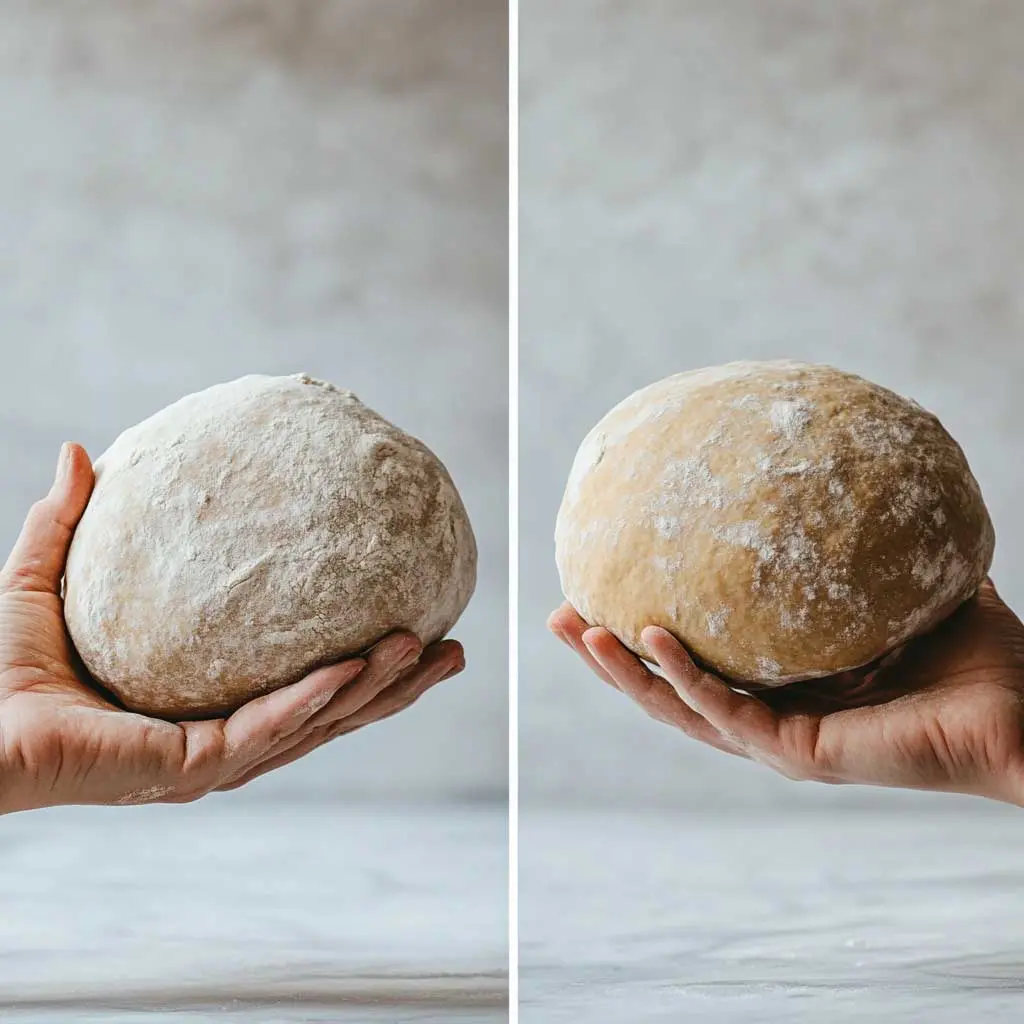In today’s fast-paced world, finding time to shop, cook, and still eat fresh can feel like a daily challenge. Too often, we buy delicious seasonal produce only to watch it wilt or spoil before we’ve had the chance to enjoy it. That’s where smart food storage hacks come in. These clever, practical methods help keep produce fresh longer, preventing food waste and helping households save money every week. From understanding fridge zones to choosing the right containers, mastering these simple food storage hacks is the secret to stretching both your ingredients—and your grocery budget—further than ever.
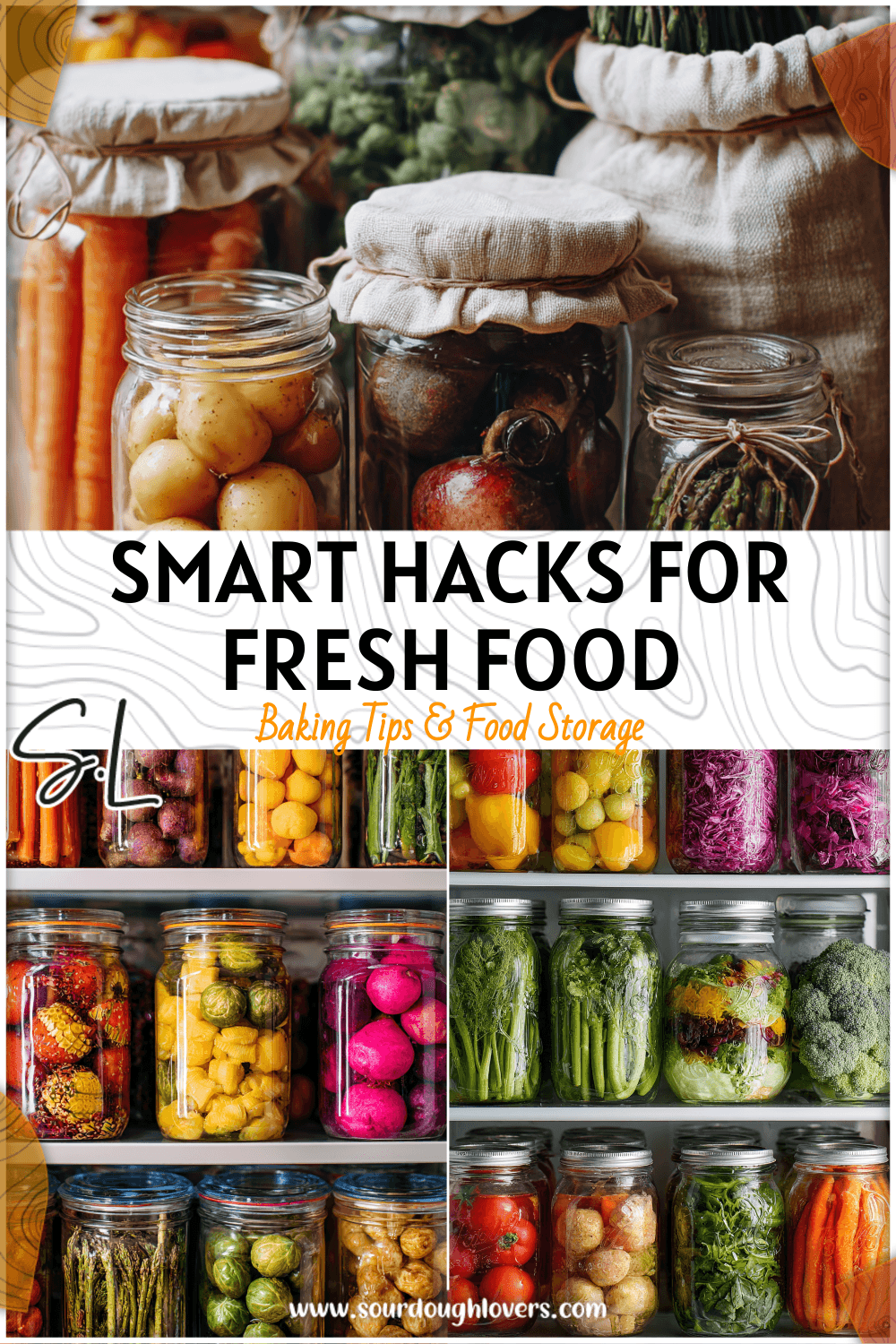
Fresh Beginnings – The Story Behind Smarter Food Storage
A Personal Struggle with Wasted Produce
A few summers ago, I came home from the local farmer’s market with a bag full of vibrant greens, sweet strawberries, and crisp peppers. The colors alone felt like a promise of healthy, satisfying meals for the week ahead. But just days later, disappointment struck—wilted spinach, soft berries, and a soggy mess where all that freshness used to be. I’d spent good money on high-quality produce, only to toss half of it out. That weekly cycle of excitement followed by guilt became all too familiar, and I realized I wasn’t alone. Countless households face this same struggle—trying to balance good nutrition with the frustration of spoiled food.
That’s when my pursuit of smarter food storage hacks began. I started reading, testing, and learning that the key wasn’t in fancy equipment—it was in understanding how food breathes, how humidity affects freshness, and how simple storage shifts make a huge difference. The more I learned, the more confident I became that keeping fruits and vegetables fresh wasn’t about luck—it was about strategy and awareness.
Once I committed to changing a few daily habits, everything clicked. I started by giving my refrigerator a little structure—assigning each shelf a purpose and cleaning it weekly. Then came the practical tools: reusable glass containers for leftovers, mesh bags for produce, and simple labels noting purchase dates. These tiny changes helped me keep produce fresh far longer than before.
Print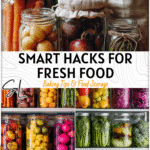
Smart Food Storage Hacks to Keep Produce Fresh & Save Money
Description
In today’s fast-paced world, finding time to shop, cook, and still eat fresh can feel like a daily challenge. Smart food storage hacks help keep produce fresh longer, prevent food waste, and save money by extending ingredient life and reducing spoilage.
Ingredients
Instructions
1. Sort ethylene-producing fruits and ethylene-sensitive vegetables into separate storage zones
2. Assign refrigerator shelves and crisper drawers for specific produce types
3. Set high-humidity crisper for vegetables and low-humidity for fruits
4. Wrap leafy greens in paper towels and store in airtight containers
5. Keep berries unwashed on the top shelf until use
6. Portion produce into meal-sized servings and label with purchase or prep dates
7. Use mason jars, glass containers, and silicone bags to remove air and seal freshness
8. Blanch and freeze vegetables; freeze fruits in single layers before bagging
9. Store herbs upright in jars with water and loosely cover with a bag
10. Keep root vegetables in a dark, cool pantry in breathable fabric bags
- Category: food storage
Keywords: smart food storage hacks, keep produce fresh, save money, food storage hacks, preventing food waste, fridge organization, produce freshness, pantry hacks, reduce waste, grocery savings
Leafy greens stayed crisp, herbs stopped wilting overnight, and I found myself tossing far less food into the compost bin. Beyond freshness, the results were tangible—I began to save money every week. Reducing waste meant fewer grocery runs, and suddenly the days of overpriced takeout “because everything went bad” were over. These easy food storage hacks brought order to my kitchen, but more importantly, they restored my enthusiasm for cooking with fresh ingredients. It proved that anyone can adopt smart food storage hacks without investing much time or money—just a bit of awareness and consistency.
The Science of Keeping Produce Fresh at Home
Understanding How Fruits and Veggies Really Breathe
Have you ever noticed how one ripe banana can turn a whole fruit bowl soft in just a few days? That’s ethylene gas at work—a natural plant hormone that triggers the ripening process. Fruits such as bananas, apples, and tomatoes produce high levels of ethylene, while vegetables like leafy greens, carrots, and broccoli are extremely sensitive to it. When stored together, the gas causes nearby produce to age and spoil faster, which is a major contributor to household food waste.
To keep produce fresh longer, it’s essential to understand how different items “breathe.” Most fruits release moisture and gas as they ripen, meaning they need proper airflow. Store ethylene-producing fruits separately from ethylene-sensitive vegetables to slow down the natural ripening chain reaction. For example, keep bananas and apples on the counter while your leafy greens and root vegetables stay in the fridge.
Temperature and humidity also play huge roles in preventing food waste. Fruits generally prefer cooler, low-humidity environments, while vegetables often thrive in higher humidity. This is where your refrigerator’s crisper drawers become your best allies—one set to high humidity for veggies, the other to low humidity for fruits. Maintaining these microclimates helps preserve texture, color, and nutrients for days or even weeks longer.
Small changes like these—sorting produce by ethylene level and adjusting humidity settings—are the science-backed foundation of smart food storage hacks. Once you understand how your food behaves, it becomes easier to control its lifespan and drastically reduce what ends up in the trash.
Smart Storage Zones—Where Everything Should Go
Think of your refrigerator as having its own unique climate zones, each designed for certain types of food. Placing items strategically ensures maximum freshness and helps you save money by minimizing spoilage.
- Top Shelf: Best for ready-to-eat produce and berries. The temperature here is consistent but slightly warmer, perfect for delicate items you’ll use soon.
- Middle Shelves: Store dairy and food that needs even cooling, like herbs sealed in jars or pre-cut veggies in airtight containers.
- Crisper Drawers: Designed for moisture control—use the high-humidity drawer for veggies and the low-humidity drawer for fruits to manage airflow and slow decay.
- Pantry or Counter: Certain items like potatoes, onions, and garlic prefer a cool, dark pantry rather than the fridge; storing them together in breathable baskets keeps them dry and long-lasting.
| Produce Type | Ideal Storage Spot | Shelf Life | Special Tip |
|---|---|---|---|
| Leafy Greens | Crisper Drawer | 5–7 days | Wrap in paper towel |
| Berries | Top Shelf | 3–5 days | Store unwashed until use |
| Apples | Fridge Drawer | 2–3 weeks | Keep away from bananas |
| Root Veggies | Dark Pantry | 1–2 months | Avoid refrigeration |
By mapping out your fridge and pantry zones, you create a natural system that not only keeps produce fresh but also fosters mindful shopping habits. You’ll find yourself rotating older items forward, using up what you have, and trimming grocery waste in the process. These storage strategies may seem simple, but when followed consistently, they lead to real results—less food waste, fewer last-minute shopping trips, and more money staying right where it belongs: in your wallet.
Genius Food Storage Hacks You’ll Wish You Knew Sooner
Everyday Storage Tools That Make a Big Impact
You don’t need a high-tech kitchen to master smart food storage hacks—just a few versatile, reusable tools can work wonders. Start with mason jars or clear glass containers for easy visibility. They’re perfect for pre-cut fruits, chopped herbs, or leftover salad greens. Seeing what you have encourages you to use it before it spoils, reducing mystery items that get lost in the fridge.
Next, switch from flimsy plastic wrap to reusable silicone bags. These airtight, eco-friendly alternatives help keep produce fresh by sealing out air and moisture. They’re also space-savers, adapting to any shelf or drawer layout. Use them for sliced bell peppers, carrot sticks, or even avocado halves. Removing air before sealing your food slows the oxidation that causes browning and mushiness.
Another overlooked hack is portioning food immediately after purchase. Divide berries or leafy greens into small, ready-to-use servings so you only open what you need. This prevents constant exposure to air and helps maintain freshness. Pair this with simple date labeling—use a roll of masking tape or dry-erase marker to identify purchase and prep dates. Not only does this keep your kitchen organized, but it also helps you rotate older items first, minimizing forgotten waste.
Even kitchen towels can play a role in smarter storage. Lining vegetable drawers or containers with paper or cloth towels absorbs excess moisture, keeping greens crisp longer. Each of these tools—though small on their own—forms part of a bigger system of food storage hacks that strengthens kitchen efficiency. When every item has a proper storage space and tracking method, you’ll quickly notice you’re throwing less away and saving money week after week.
Preparing Produce the Right Way Before Storage
Proper preparation is just as important as where you store your produce. Not every fruit or vegetable benefits from being washed right after purchase. In fact, moisture is one of the biggest culprits behind spoilage. For items like berries, lettuce, and mushrooms, it’s best to wash them only when you’re ready to use them. If you wash ahead of time, make sure everything is dried thoroughly using a salad spinner or a clean towel before storing. This step alone can keep produce fresh two to three days longer.
For pre-cut or diced items, airtight containers are non-negotiable. Once produce is sliced, it starts releasing moisture that can lead to quick spoilage. Use tight-sealing glass or silicone containers, and store them toward the top or middle of the fridge—areas with steady, even temperatures. Consider adding a paper towel to absorb excess humidity, which helps prevent food waste while maintaining crispness.
Freezing is another genius option for busy households trying to save money and time. Many vegetables—like broccoli, green beans, or peas—can be blanched and frozen for later use. Freeze them in flat layers on a baking sheet first, then transfer to labeled freezer bags for neat storage. Fruits such as bananas, mangoes, and berries are also freezer-friendly when chopped into small pieces. They’re perfect for smoothies, desserts, or quick breakfasts, ensuring that no produce goes to waste.
DIY hacks can stretch your budget further. Try making your own produce-saving bags from breathable cotton or mesh fabric. These bags allow air circulation while reducing condensation, ideal for storing onions, garlic, and root veggies in your pantry. For herbs like cilantro or parsley, store them upright in a jar with a little water (like a bouquet) and loosely cover with a plastic bag to create a humid microclimate.
The secret to smart food storage hacks isn’t perfection—it’s consistency. With a few mindful habits, you can confidently prepare and preserve food that lasts longer, tastes fresher, and costs less in the long run. Combine these strategies—proper prep, the right containers, and a little routine—and you’ll soon find that you’re preventing food waste almost effortlessly while enjoying crisp, vibrant produce all week long.
FAQs
How can I make cut fruits last longer in the fridge?
To extend the life of cut fruits, store them in airtight glass or silicone containers and keep them cold at a consistent temperature. Adding a few drops of lemon juice to fruits like apples and pears slows browning, while placing a paper towel inside the container absorbs excess moisture. These small food storage hacks can help keep produce fresh and ready for easy snacking all week.
What’s the best way to store herbs and leafy greens?
Treat herbs and greens like delicate flowers. Trim the ends, place them in a jar with a little water, and cover them loosely with a bag. For heartier greens like lettuce or kale, wrap them in a dry towel and store them in the crisper drawer. A moisture-controlled environment preserves texture and color, preventing food waste before it starts.
How can these storage hacks really help me save money weekly?
When you make produce last longer, you throw away less—and that directly translates to savings. Smart food storage hacks help you plan meals efficiently, buy only what you need, and make use of leftovers before they spoil. Over time, even cutting down waste by a few items per week adds up to noticeable grocery budget relief.
Can I freeze all types of produce safely?
Most fruits and vegetables can be frozen, but preparation is key. Blanching vegetables like broccoli or beans before freezing preserves nutrients and texture, while fruits should be sliced and frozen in single layers to prevent clumping. Label everything clearly so you can rotate and use your frozen items before new batches pile up.
Conclusion
Building a kitchen routine around smart food storage hacks doesn’t just mean cleaner shelves—it means fresher, tastier produce and real financial gain. Simple steps like sorting, labeling, and using the right containers help keep produce fresh while drastically reducing food waste. Every time you organize your fridge or prep your produce mindfully, you’re investing in a more sustainable lifestyle that rewards you with flavor, longevity, and savings. Start today—refresh your fridge, tidy your pantry, and see how these small changes quickly lead to less waste and more money in your pocket. Your future self (and your wallet) will thank you.










